Lillian Violet Bassman was born on June 15, 1917, in Brooklyn and grew up in the Bronx. Her parents, Jewish émigrés from Russia, allowed her a bohemian style of life, even letting her move in, at 15, with the man she would later marry, the documentary photographer Paul Himmel.
Ms. Bassman studied fabric design at Textile High School, a vocational school in the Chelsea section of Manhattan. After modeling for artists employed by the Works Progress Administration’s Federal Art Project and working as a muralist’s assistant, she took a night course in fashion illustration at Pratt Institute in Brooklyn.
She soon showed her work to Brodovitch, who was impressed. Waiving tuition, he accepted her into his Design Laboratory at the New School for Social Research, where she changed her emphasis from fashion illustration to graphic design.Brodovitch took her on as his unpaid apprentice at Harper’s Bazaar in 1941, but desperate to earn money she left to become an assistant to the art director at Elizabeth Arden, whereupon Brodovitch anointed her his first paid assistant. Like her mentor, she was artistically daring. At Junior Bazaar, she experimented with abandon, treating fashion in a bold, graphic style and floating images in space.
“One week we decided that we were going to do all green vegetables, so we had the designers make all green clothing, green lipstick, green hair, green everything,” she told Print magazine in 2006.
Her non-advertising work appeared frequently in Harper’s Bazaar, and she developed close relationships with a long list of the era’s top models, including Barbara Mullen (her muse), Dovima and Suzy Parker. The stylistic changes of the 1960s, however, left her cold. The models, too. “I got sick of them,” she told The Times in 2009. “They were becoming superstars. They were not my kind of models. They were dictating rather than taking direction.”
In 1969, disappointed with the photographic profession and her prospects, she destroyed most of her commercial negatives. She put more than 100 editorial negatives in trash bags, putting them aside in her converted carriage house on the Upper East Side of Manhattan. She soon forgot all about them.
By the mid-1970s, she was out of the fashion world entirely and had begun focusing on her own work, taking large-format Cibachrome photographs of glistening fruits, vegetables and flowers, pictures of cracks in the city streets and distorted male torsos based on photographs in bodybuilding magazines. It was not until the early 1990s that Martin Harrison, a fashion curator and historian who was staying at her house, found the long-forgotten negatives. He encouraged her to revisit them. Ms. Bassman took a fresh look at the earlier work. She began reprinting the negatives, applying some of the bleaching techniques and other toning agents with which she had first experimented in the 1940s, creating more abstract, mysterious prints.
“In looking at them I got a little intrigued, and I took them into the darkroom, and I started to do my own thing on them,” she told The Times. “I was able to make my own choices, other than what Brodovitch or the editors had made.”
Her reinterpretations, as she called them, found a new generation of admirers. A full-fledged revival of her career ensued, with gallery shows and international exhibitions, including a joint retrospective at the Deichtorhallen museum in Hamburg with her husband and a series of monographs devoted to her photography. A one-woman show at the Hamiltons Gallery in London, organized by Mr. Harrison in 1993, was followed by exhibitions at the Carrousel du Louvre in Paris and an assignment from The New York Times Magazine to cover the haute couture collections in Paris in 1996. She completed her last fashion assignment for German Vogue in 2004.
Ms. Bassman’s work has been published in “Lillian Bassman” (1997) and “Lillian Bassman: Women” (2009). A new book, “Lillian Bassman: Lingerie,” is to be published by Abrams on April 1.
(via Lillian Bassman's obituary "Lillian Bassman, Fashion and Fine-Art Photographer, Dies at 94." Written by William Grimes for The New York Times. Published February 13th, 2012.
If you’re interested in purchasing a piece please see the concierge, call 305-531-6100 or email [email protected]m or [email protected] for more information.
All images used with permission of Peter Fetterman Gallery.
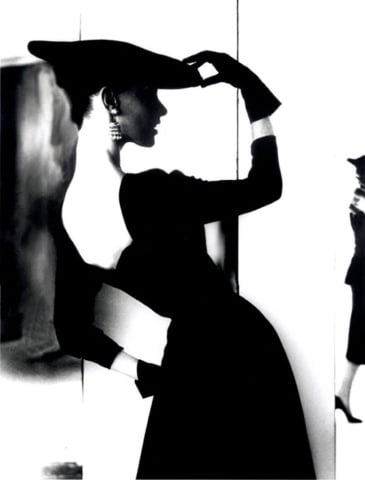
Unframed Size: 40"x 30" Edition 9 of 25 : $50,000
Framed Size: 48" x 38" Edition 9 of 25: $51,000
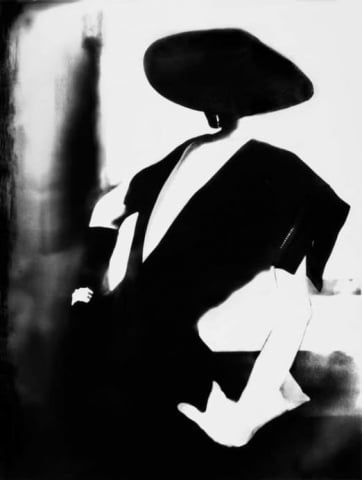
Unframed Size - 24x20 Edition 12 of 25 $20,000
Framed Size - 24x30 Edition 12 of 25 $20,600
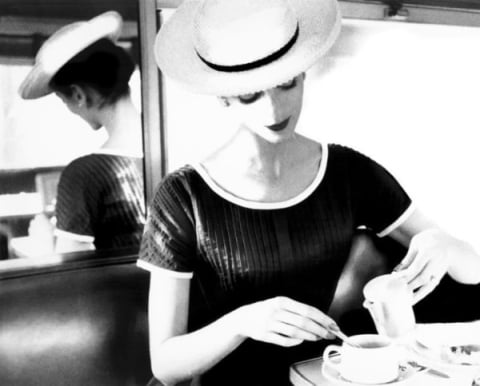
Unframed Size: 20" x 24" Edition 17 of 25 $ 20,000
Framed Size: 24 " x 36 " Edition 17 of 25 $ 20,600
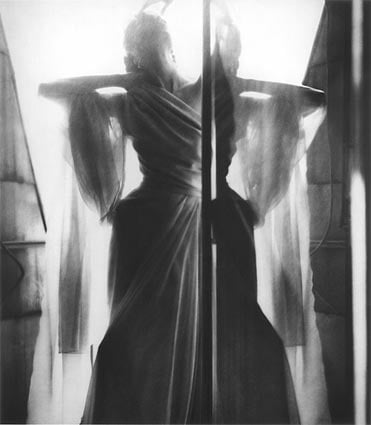
Unframed Size: 20" x 16" Edition 10 of 25 $15,000
Framed Size: 24" x 20" Edition 10 of 25 $15,500
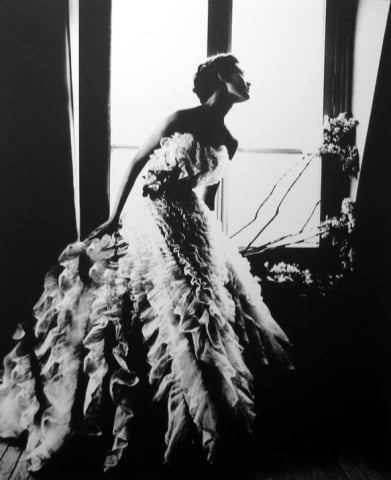
Unframed Size: 24" x 20" Edition 17 of 25 $ 20,000
Framed Size: 30 " x 24" Edtiom17 of 25 $ 20,600
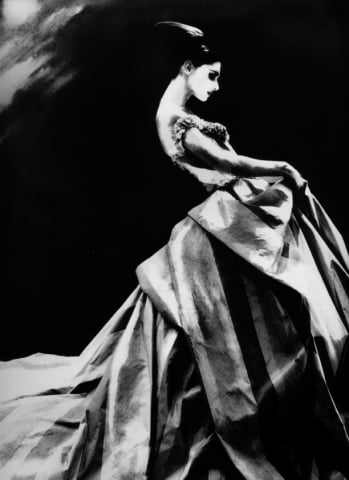
Unframed Size: 40" x 30" Edition 14 of 25 $40,000
Framed Size: 48" x 38" Edition 14 of 25 $41,000
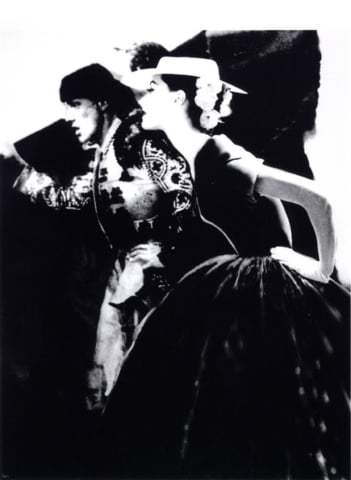
Unframed Size: 24" x 20" Edition 3 of 25 $ 20,000
Framed Size: 30" x 24" Edition 3 of 24 $20,600
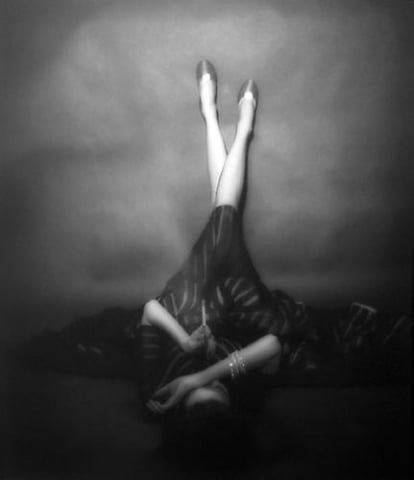
Unframed Size: 20" x 24" Edition 9 of 25 $20,000
Framed Size: 30" x 24" Edition 9 of 25 $20,600
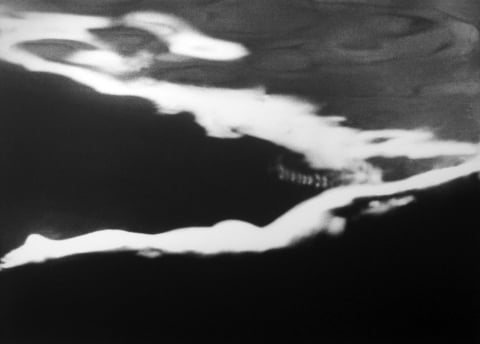
Unframed Size: 30" x 40" Edition 2 of 25 $40,000
Framed Size: 30" x 40" Edition 2 of 25 $41,000
